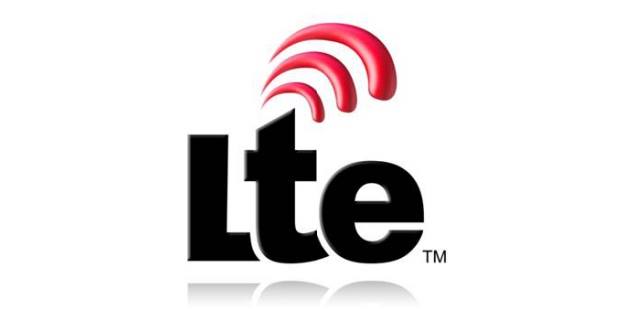4G LTE Technology Differences:
Well, 4G and LTE are not the same, surprised? There are many differences between these speeds of data. Let’s get to the basics first. What exactly is 4G, and what is LTE? There are any technological advancements?

For starters, they both provide cellular data transfers, using your local service providers. Let’s start with 4G. The “G” in 4G stands for generation, 4G is the fourth generation of mobile data technology. Remember 2G and 3G?

LTE on the other hand simply means “Long-term Evolution”, it improves wireless broadband speeds as demands for it grows. Let’s set a little backward to 2G and 3G, as we compare these technological advancements.
2G networks handled the basic kinds of stuff phone calls, plain text messaging, and a little bit of data over a protocol called MMS. Then came 3G networks, which came out in 2002. It handled larger data as it could process videos, standard HTML pages, and music.

When compared to 2G, 3G is actually faster. Fast forward to March 2008 came 4G connectivity, the ITU-R set standards for a set of speed and connection for 4G connectivity.
At least 100 megabits per second connection speeds for smartphones and tablets, while for stationary use such as mobile hotspots at least 1 gigabits per second speeds. Telecommunication systems had to ramp up their technologies, to be able to match these requirements for technological advancement.
Read also
-Iraqi Government Grants Nokia’s Korek Telecom 4G LTE License Ahead Of 2021 Roll Out
-We Will Invest Whatever It Takes To Win In 5G – Nokia President And CEO Pekka Lundmark
-Qualcomm Announces Snapdragon 480 5G Processor For Budget Smartphones
For the most part of the time, when your phone displayed “4G”, IT was basically domestic. When the ITU-R set the minimum speeds for 4G, most of the telecoms could not achieve them. The regulatory decided that LTE, the name given to the technology used in the pursuit of those standards.

So technically, LTE is playing catch up to 4G. Digital Trends reported that networks started advertising their connections as 4G LTE, a marketing technique that allowed them to claim next-gen connectivity without having to reach the actual required number first.
So basically, the 4G displayed on your phone or advertised by your service provider is not actual 4G speeds but just plain marketing.
To achieve 4G, there are two requirements: A network that provides the actual speeds, and a device that can access those speeds and download information at high broadband.

5G? that’s next-generation tech that isn’t readily available, but devices such as the iPhone 12 series and Samsung Galaxy S21 series have been rolled out. 5G technology will slowly actualize as more devices that support it are produced.
For your daily dose of tech, lifestyle, and trending content, make sure to follow Plat4om on Twitter @Plat4omLive, on Instagram @Plat4om, on LinkedIn at Plat4om, and on Facebook at Plat4om. You can also email us at info@techtalkwithtdafrica.com and join our channel on Telegram at Plat4om. Finally, don’t forget to subscribe to our YouTube channel HERE.

